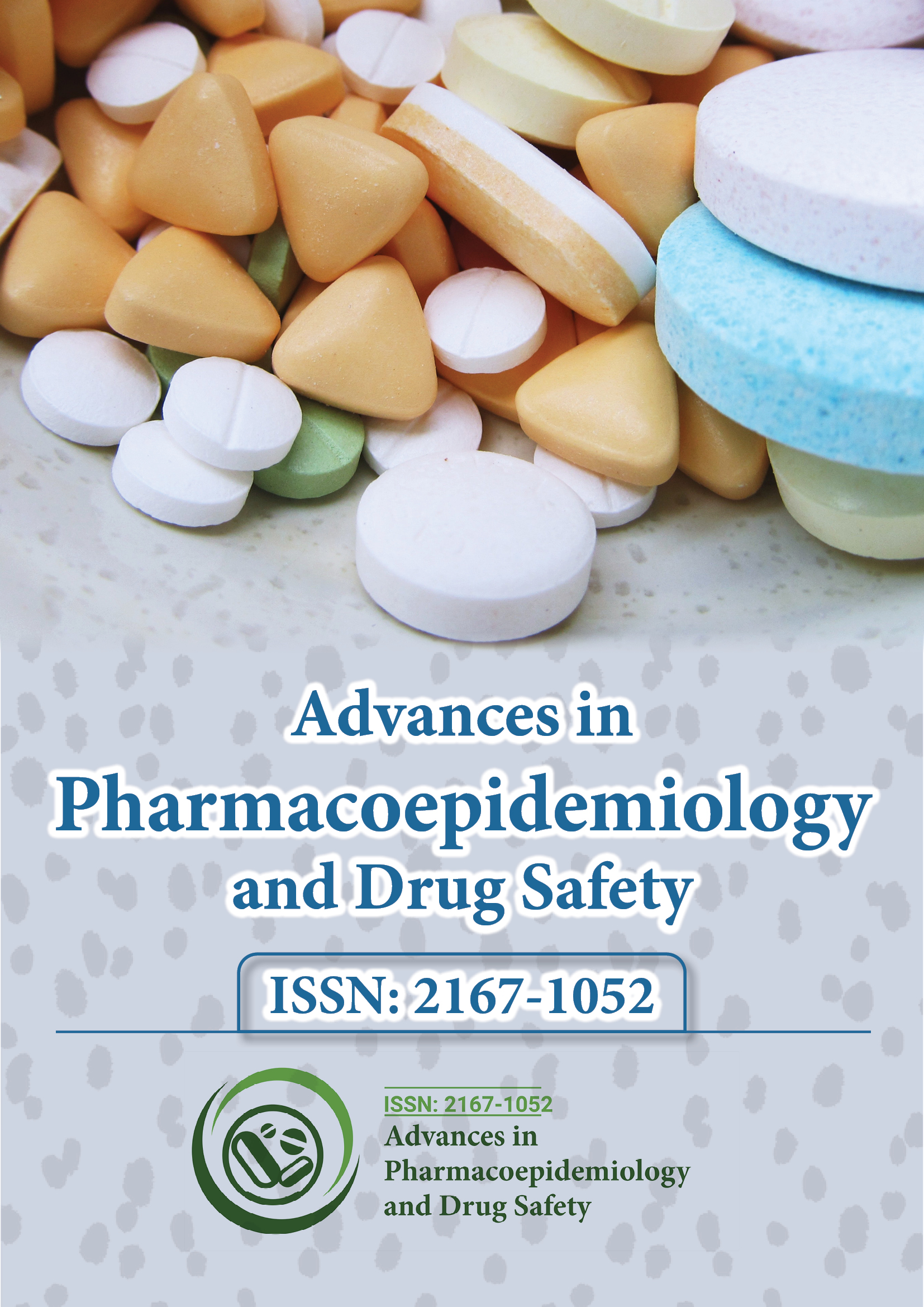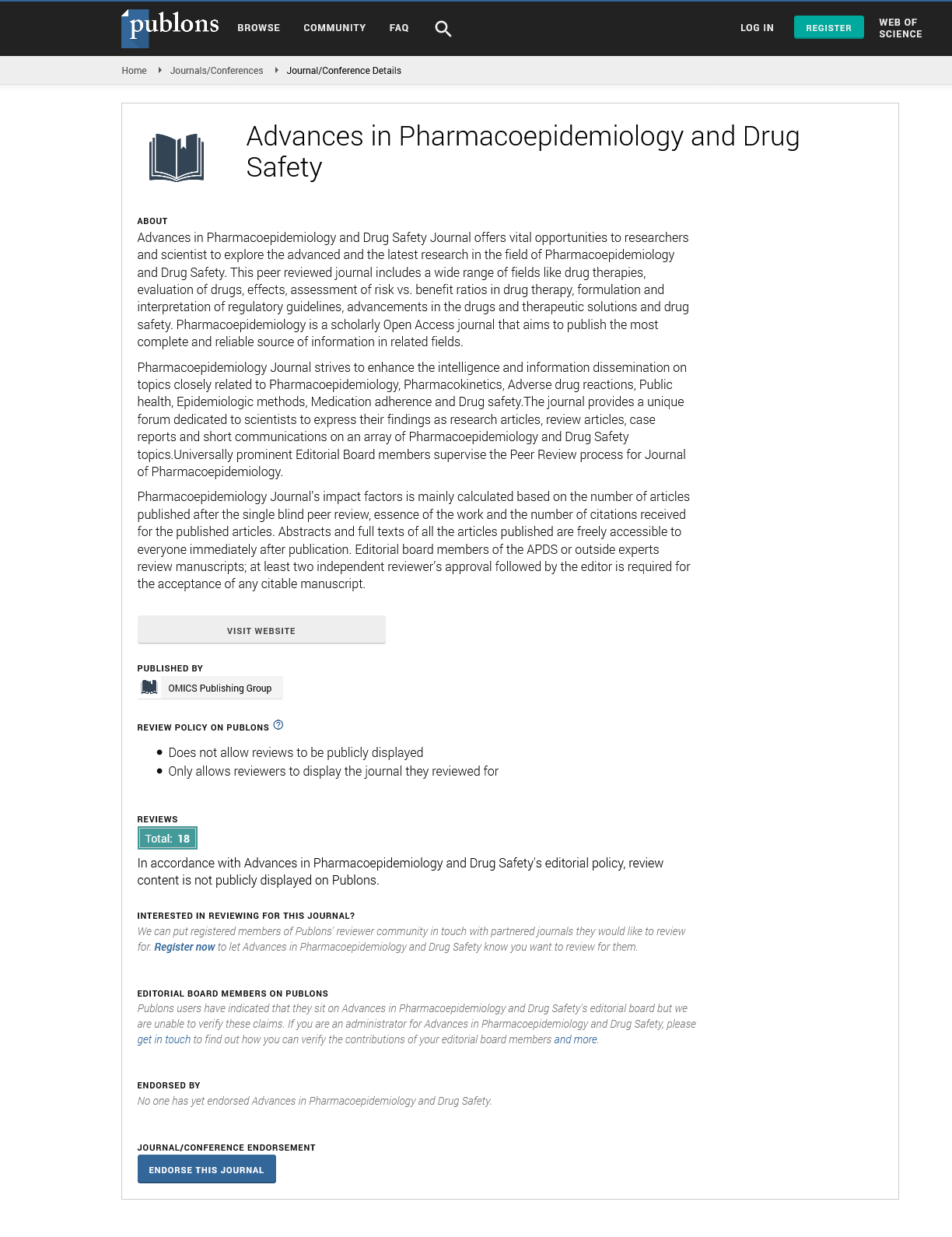Indexed In
- Open J Gate
- Genamics JournalSeek
- Academic Keys
- JournalTOCs
- RefSeek
- Hamdard University
- EBSCO A-Z
- SWB online catalog
- Publons
- Geneva Foundation for Medical Education and Research
- Euro Pub
- Google Scholar
Useful Links
Share This Page
Journal Flyer

Open Access Journals
- Agri and Aquaculture
- Biochemistry
- Bioinformatics & Systems Biology
- Business & Management
- Chemistry
- Clinical Sciences
- Engineering
- Food & Nutrition
- General Science
- Genetics & Molecular Biology
- Immunology & Microbiology
- Medical Sciences
- Neuroscience & Psychology
- Nursing & Health Care
- Pharmaceutical Sciences
Abstract
Four Chromosomally Clustered Amph Class-C β-Lactamases Control the Cephalosporin Hydrolysis in Mycobacterium tuberculosis and Similar Genetic Loci Appeared as Pseudogenes in Mycobacterium leprae
Mycobacterium tuberculosis (Mt) chromosomal ten PBPs and one class-A β-lactamase (blaC) were implicated in multidrug resistance against penicillin, cephalosporin and carbapenem drugs. The Mt PonA1 and PonA2 had 34% homologies to E. coli class-A (PBP1A and PBP1B) proteins whereas E. coli class-B PBP2 referred as PbpA and PbpB sub-class proteins with 27% homologies in Mt. The class-C PBPs were, PBP4, MecA_N, DacB1, DacB2 and AmpH1- AmpH4. The PBP3 and PBP5 of E. coli were missing in Mt although PBPB called as PBP3 of Mt whereas AmpH designated sometime as DacA or PBP5. Similarly, AmpH protein wrongly called PBP4 where we could not find any similarity to E. coli PBP4. We investigated the Mt whole genomes (accession nos. AL123456, CP001642, CP054013, CP001641, CP025597) to get authentic PBP4 in Mt strain FDAARGOS_757 genome (protein id. AUP69687, 34% homology to E. coli PBP4) which was designated as conserved protein in chromosomes of Mt strains H37Rv, H37Rv-1, GG-36-11 and CCDC5180 making confusion in data analysis. Similarly, we BLASTP homology searched with plasmid-mediated 24 β-lactamases to confirm four blaAmpH genes, (AmpH1, AmpH2, AmpH3 and AmpH4) that predominantly controlled the degradation of cephalosporins in M. tuberculosis but such genes were found as pseudogenes in M. leprae. The Mt AmpH1/2/3/4 enzymes had better homologies with V. parahaemolyticus and Yersinia pekkanenii AmpH enzyme as well as with E. coli AmpH enzyme. The DacB1 (PBP6) and DacB2 (PBP7) enzymes had blaTEM similarity but no AmpH similarity suggesting such PBPs and BlaC β-lactamase controlled the penicillin hydrolysis. The blaC enzyme had 30% homology to S. aureus blaZ β-lactamase but such enzyme was also missing in M. leprae. Homology search suggested carbapenem hydrolysis by blaOXA-23/51-like PBPA/B enzymes and blaOXA-58 related MecA_N domain β-lactamase which has 21% similarity to S. aureus mecA enzyme. The PonA1/A2 had no homology to 24 classes of β-lactamases but still were popular enzymes implicated for better penicillin hydrolysis. We designed primers for Mt PBPs to check transcription of individual genes by RT-PCR as well as to check chromosomal locus by BLASTN search after WGS. The E. coli genome had no similarities to blaAmpH1/2/3/4 genes but a 17nt (5’-CCTTGGTGCCGTCGACC-3’) sequence found in pKEC-a3c plasmid of C. fruendii with homology to blaAmpH4 gene (nt. 1236-1252) and shared a homology with IS1182-like ISKpn6 transposase of plasmids. The oligonucleotides selected many Mt chromosomes and located conserved blaAmpH4 protein in all cases. However, D435E and F495V mutations of blaAmpH4 in the Mt strain 5521 were evident and frameshift deletions located in Mt stain FDAARGOS_756 blaAmpH4 gene with no protein was made. Thus, mutations, deletions and rearrangements mediated by IS-elements were the driving force to make new AmpH genes during long time TB treatment with 4-6 drugs.
Published Date: 2023-12-20; Received Date: 2023-09-13

